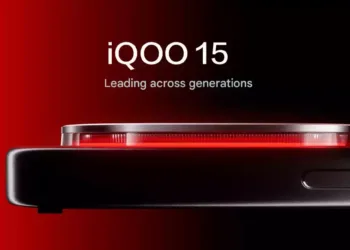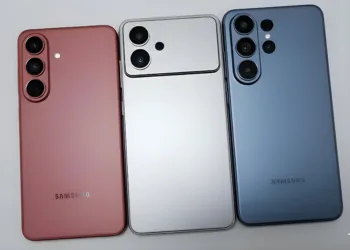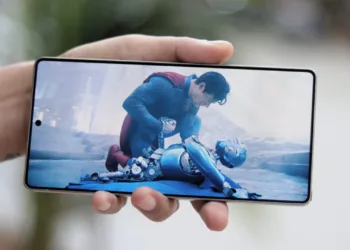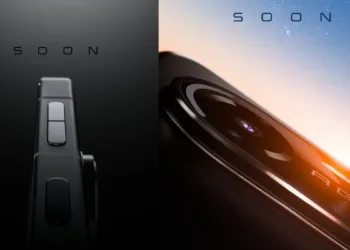An insider has provided screenshots revealing the upcoming Google Camera UI overhaul, expected to debut alongside the forthcoming Pixel 8 series this autumn. Given that the last major redesign occurred in 2019, it’s intriguing to witness Google’s forthcoming enhancements for its Pixel user base.

The All New Google Camera UI
One prominent alteration is the distinct division between Photo and Video modes. Positioned at the bottom of the interface is a dedicated toggle empowering users to opt for capturing stills or recording videos. Subsequently, the suitable mode can be chosen from the carousel. This contrasts with the previous setup where all modes were intermixed in the rolodex-style interface.
The button for switching between front and rear-facing cameras now occupies the same position as the last photo preview, which also acts as a direct link to the Gallery. While this adjustment aligns with the majority of Android camera applications from different manufacturers, Pixel users may require an adjustment period to this change.

The supplementary settings menu emerges following a swipe upwards from the lower section of the viewfinder. However, it may not be comfortably reachable for users of the larger Pro model, given its placement towards the top of the screen.
Lastly, Google has reorganized the sequence of certain camera modes and grouped others together. This adjustment potentially signals an effort to encourage user engagement with particular modes, such as Long Exposure and Action Pan.

Furthermore, Google is actively developing a novel feature labeled “Staggered HDR.” This innovation aims to expedite the image capture process and minimize artifacts by reducing the time intervals between consecutive frames. Another innovation, “Adaptive Torch,” permits the software to dynamically adjust the flash intensity according to the ambient lighting conditions. Additionally, the “Segmentation AWB” functionality applies distinct processing techniques to different areas of an image to enhance its fidelity to reality.








